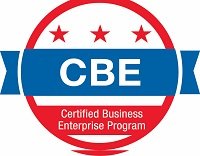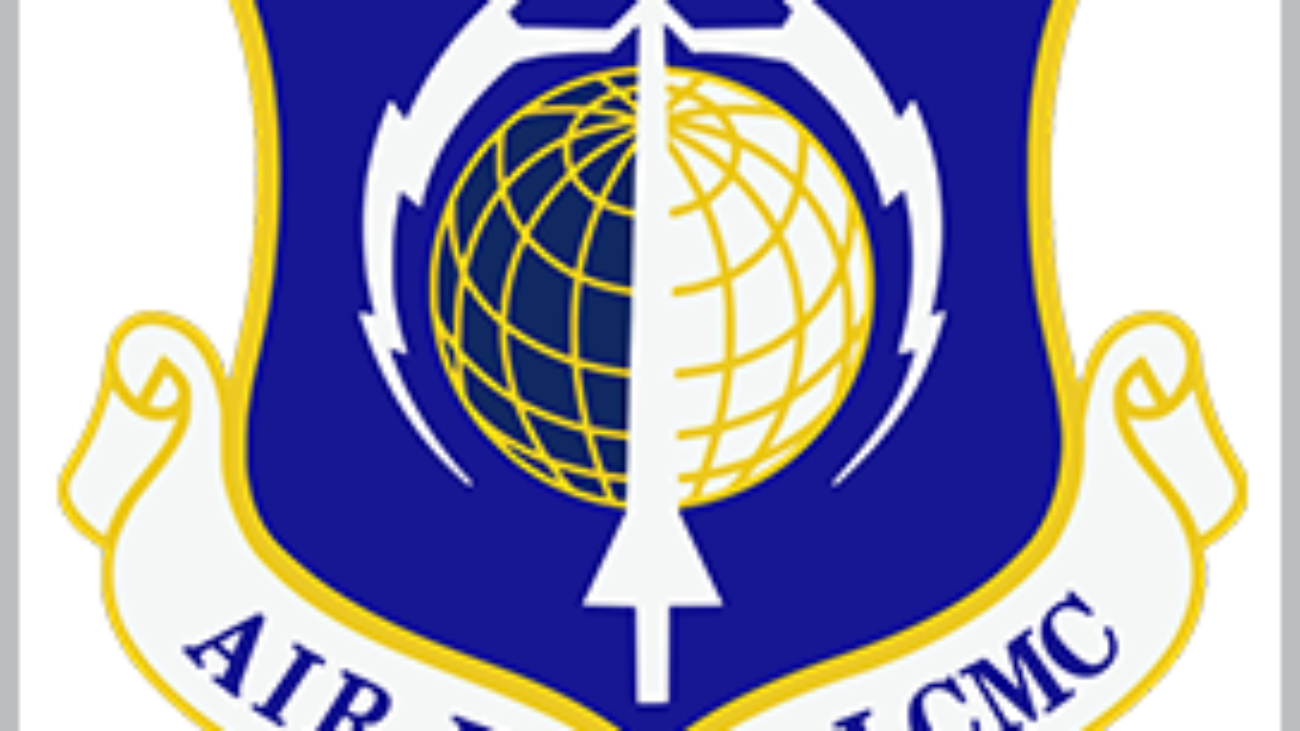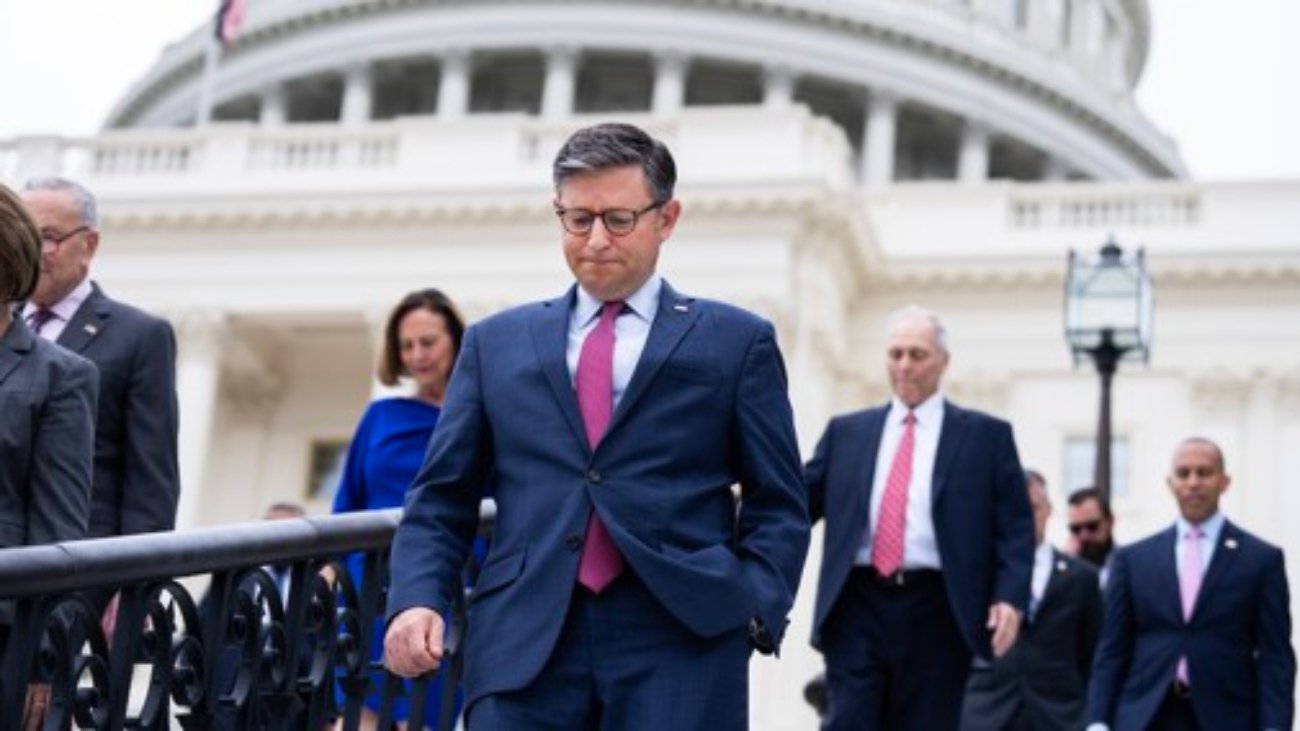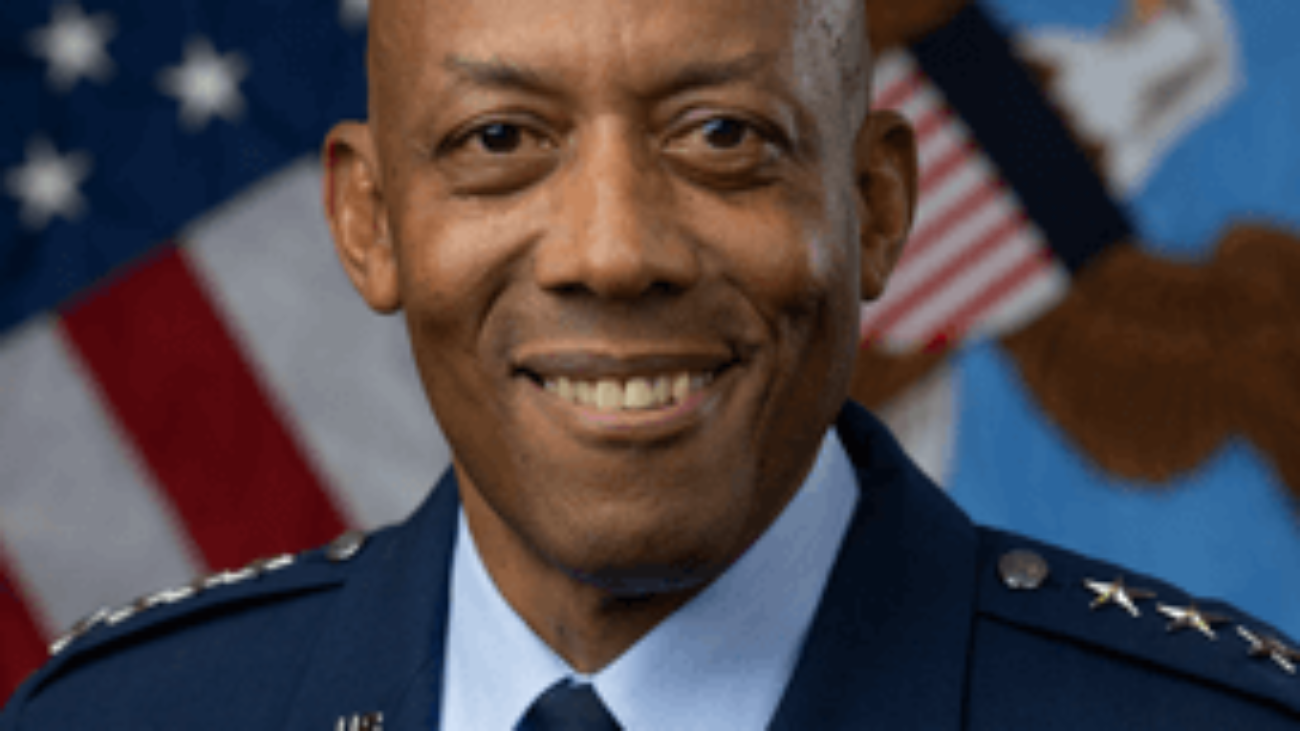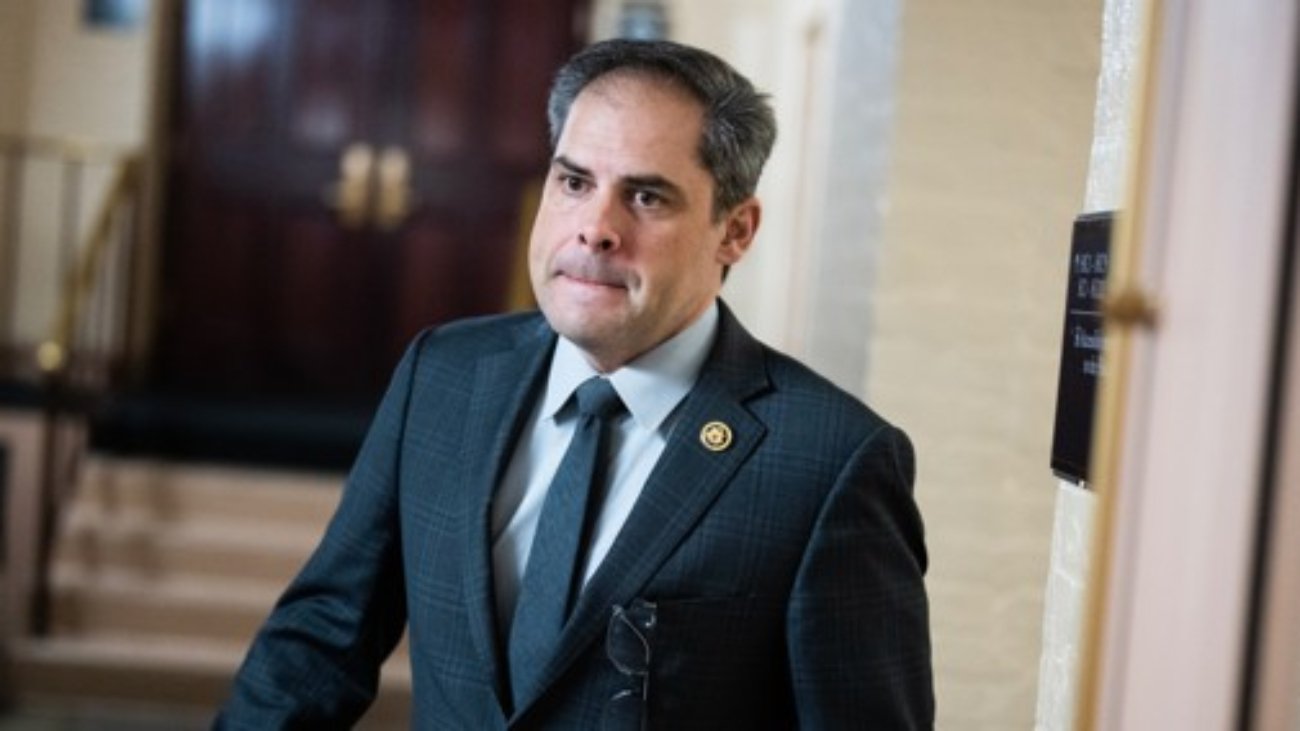In the battle to modernize and streamline federal procurement, the General Services Administration is on the front lines and in the trenches. As more public policy objectives make their way into the world of acquisition — supply chain, cybersecurity, sustainability, domestic and socioeconomic sourcing requirements, to name a few — GSA is trying to bake those into acquisition vehicles up front so agencies have an easier time complying.
For example, Mark Lee, assistant commissioner for the Office of Policy and Compliance for GSA’s Federal Acquisition Service, said FAS recently updated its green procurement population for agencies looking to meet sustainability goals, and it now directs agencies to GSA Advantage to make it easier to acquire those products or services. And that’s not the only recent update to GSA Advantage that will make things easier for agencies.
“One of the things that we’ve been working really hard on is the FAS catalog platform. And really this is all the catalog data that feeds into GSA Advantage, which is really our online shopping site,” Lee said on Federal Monthly Insights — Contract Management Modernization. “We have a legacy processing system that we were supporting, that was twofold. We generally negotiated those pricing and terms and conditions with our contracting officers. And after they awarded those items to your contract, then you had to post that onto GSA Advantage. And so we relaxed that to one process. So it made it super more streamlined. The cool thing too, is that we used to run separately a pricing compliance report and we’re actually running this report before the vendors even submit their modification.”
That allows GSA to share transactional line item data with vendors before a modification, so they can see whether they’re competitive. Lee said that change reduced the time to modify a contract from an average of 34 days to just one or two.
Improving user experience
One thing GSA did when updating its FAS catalog is explore the user experience to discover pain points throughout the processes. For GSA, that means doing outreach to three groups: its acquisition workforce, the vendors and the customer agencies. GSA received feedback on what it was like to award products and services, what it was like to get those products and services listed on multiple awards schedules or GSA Advantage, and what it was like to actually use that site and purchase those things.
“Factoring some of those things in terms of what their ordering experience is and really walking those journeys have helped us really streamline that process, and like I said, get from those 34 days to one or two days,” Lee said. “Because we’re walking those user journeys, redesigning and improving the business process and then wrapping that around technology so that it really delivers that better user experience.”
That had to be a deliberate process, Lee said, because it’s no trivial task to modernize a system that supports around 75 million items. It began with a back end focus on how data was stored, and then moved to the front end once that feedback had been gathered. Then GSA piloted it a single vendor initially, then expanded it to 30 vendors, and from there to all products. Currently, Lee said, GSA is in the middle of doing the same piloting process for services.
“It’s really making sure that we’re doing the right steps along the way, hearing all that user-centered feedback and everything like that. It’s also been great opportunities to bring in other data sources,” Lee said. “The pricing compliance reporter in that catalog platform is fueled by transactional data, and so we’re bringing in multiple data sources to bear to improve that user experience for our vendors, our contracting officers and ultimately our customers.”
Honing in on PALT
GSA is also working to streamline procurement acquisition lead time (PALT), a major metric in procurement that essentially measures the time it takes to get from initial industry engagement to the purchase of a product or service. FAS is actually forced to consider this metric because its one of 12 key performance indicators of acquisition quality that FAS’ performance is measured against. That’s why they have multiple ongoing efforts to streamline it.
“One is our recent award of the Commercial Platforms program, which is like the second generation of the program. Basically this streamlines for purchase card holders the buying process to access commercial online marketplaces,” Lee said. “So we’ve pre-negotiated agreements across the federal government with eight commercial marketplaces, and we’ve seen significant time savings for our customers.”
Lee said surveys with those card holders showed they used to spend roughly 30% of their time, on average, making these purchases. In surveys since FAS made these changes, card holders report recovering roughly 80% of that time.
Another area FAS is addressing to improve PALT is source selection rate: how contractors are evaluated and contract winners are chosen.
“A lot of times we’re using oral and video presentations to do technical evaluation. So rather than get a 200 page volume of technical material for a source selection panel to read through — it’s voluminous — we invite people to come in and they do about typically a 90 minute presentation,” Lee said. “We’ve seen the use of oral video presentations have dramatically streamlined the source selection process. We needed a better experience for industry partners and this helped us streamline getting to contract award.”
Copyright © 2024 Federal News Network. All rights reserved. This website is not intended for users located within the European Economic Area.

